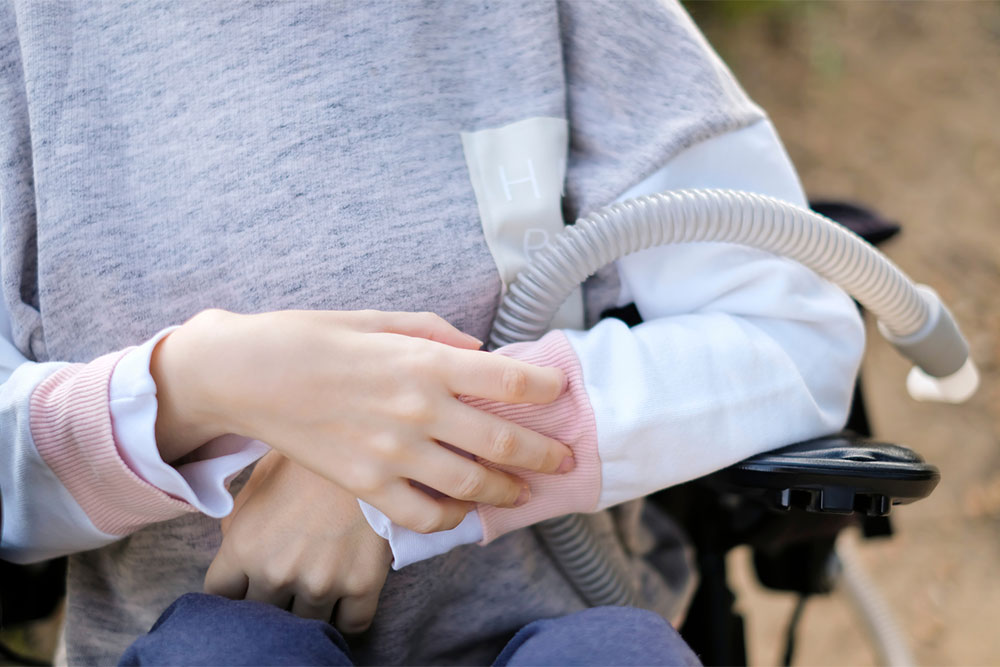Duchenne muscular dystrophy – Common signs and diagnosis

Duchenne muscular dystrophy (DMD) is a rare genetic disorder that affects muscle strength and mobility. It commonly affects young boys, with symptoms developing during early infancy or childhood. Over time, the condition can lead to muscle deterioration. Here, recognizing the symptoms of DMD in time is crucial for seeking an early diagnosis and appropriate management options to slow down disease progression. So, here are a few things to know about the disorder:
What is DMD?
Duchenne Muscular Dystrophy is a genetic disorder characterized by the progressive weakening and wasting of muscles. It is one of the most common forms of muscular dystrophy, and it primarily affects young males. DMD is caused by mutations in the dystrophin gene that lead to the absence or dysfunction of dystrophin—a protein vital for muscle stability. This is an X-linked recessive disorder, meaning it primarily affects males. So, females can be carriers of the mutated gene without experiencing any symptoms, but males born to carrier mothers have a 50% chance of inheriting the mutated gene and developing DMD.
Symptoms
DMD often presents its initial symptoms in early childhood, usually between the ages of 2 and 4. So, it is important to keep an eye out for signs such as delayed motor milestones, difficulty standing, and frequent falls.







